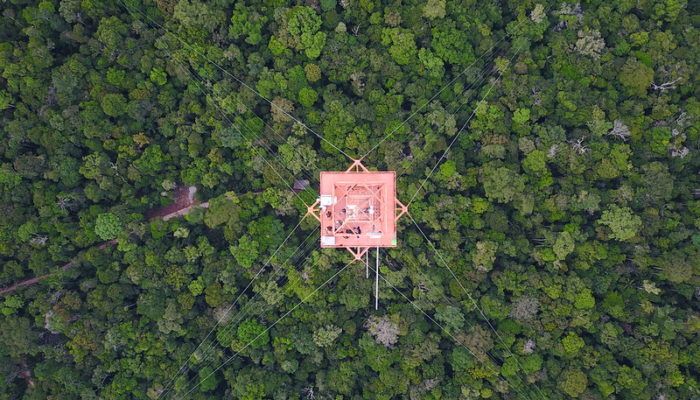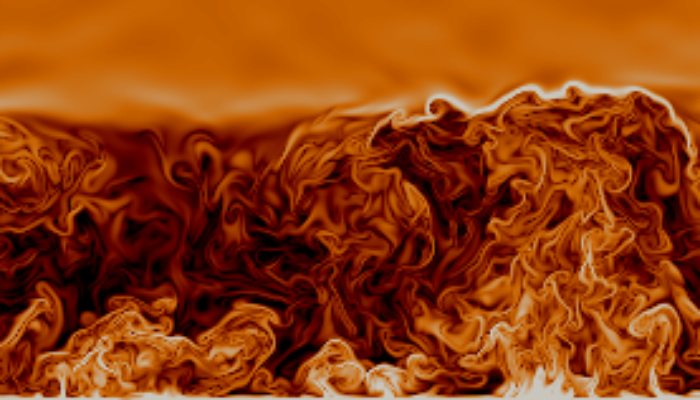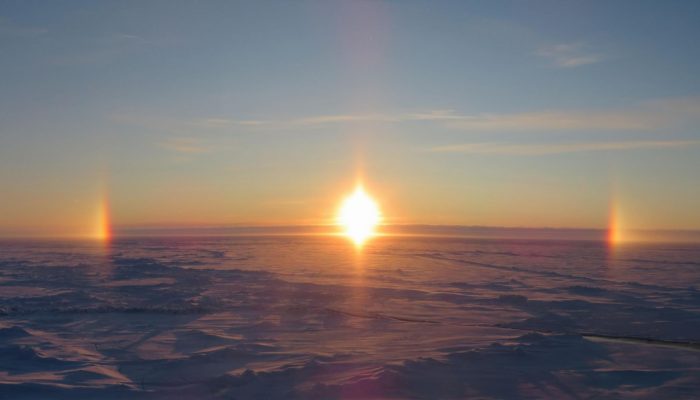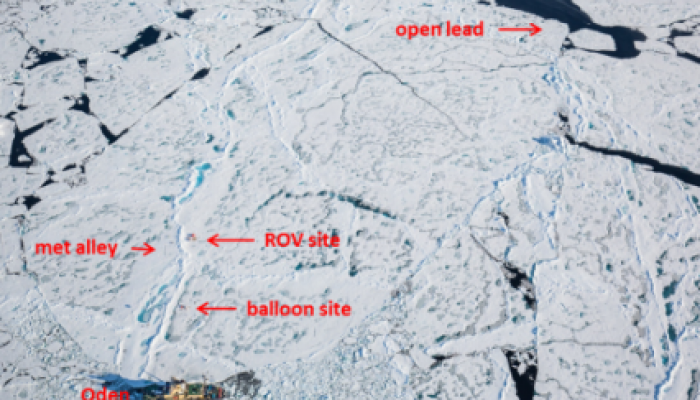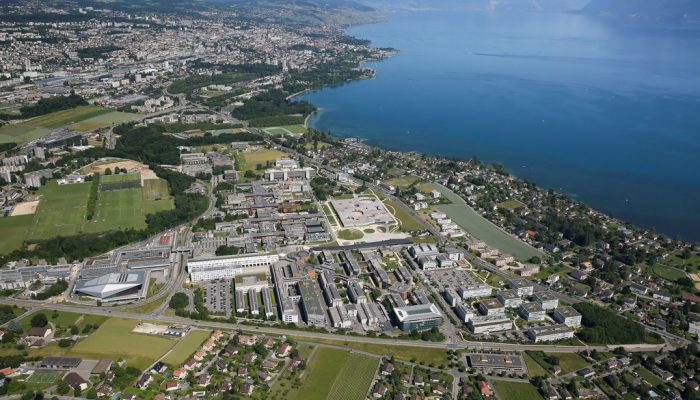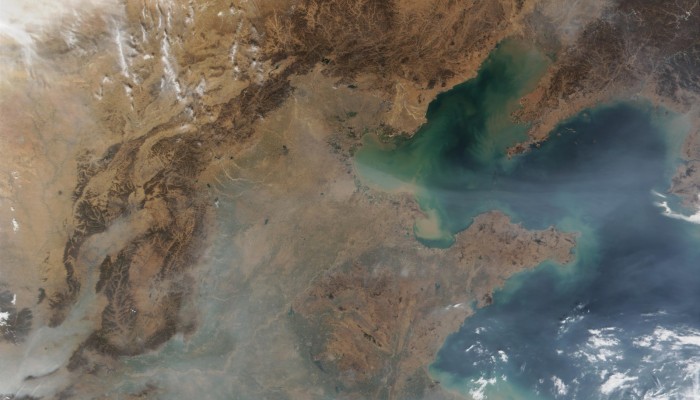It looks like a spike, orange against the blue sky, sticking out the green ocean of the Amazon forest: Standing 325 m tall, the Amazon Tall Tower Observatory (ATTO) is the highest construction in South America. This tower celebrates its 5th anniversary this year, while the ATTO research site, located ~150 km northeast of Manaus, Brazil, has been in operation for 10 years. During the past 5 years, ...[Read More]
Atmospheric research in the middle of the Amazon forest: The Amazon Tall Tower Observatory celebrates its anniversary
